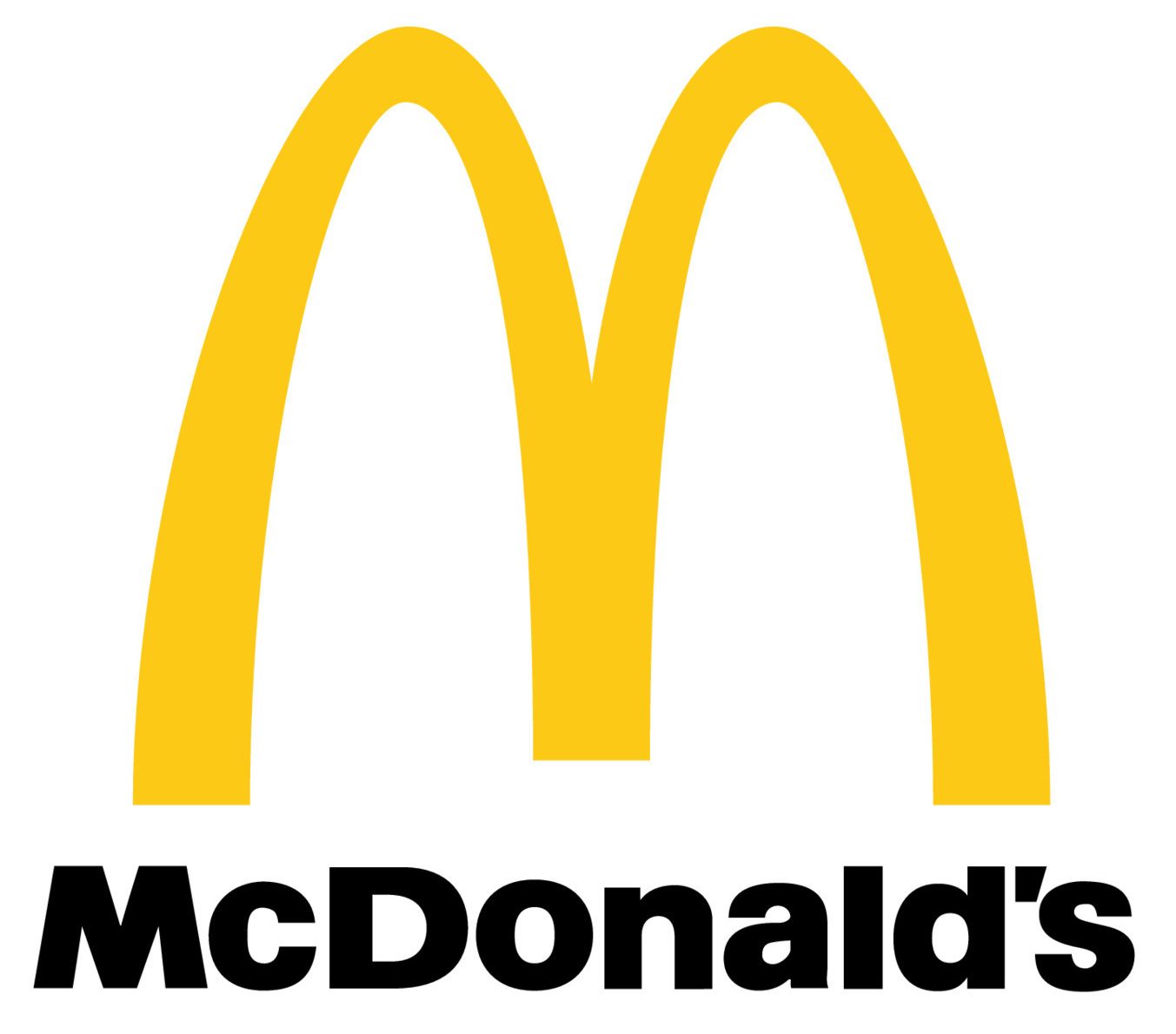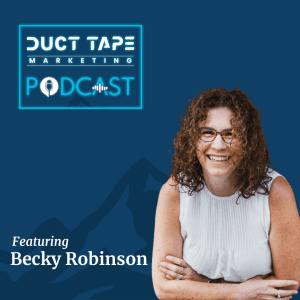Standing Tall in a Crowded Market: Crafting a Compelling Core Message written by John Jantsch read more at Duct Tape Marketing
In today's competitive business landscape, standing out from the crowd is crucial to success. Your core marketing message, often referred to as your brand's "unique selling proposition" (USP), is the key to making your business shine. Crafting an effective core message can transform your brand from being just another player in the market to becoming a compelling and sought-after choice for your target audience.
1. What is a Core Message?
The core marketing message or your brand's "unique selling proposition" (USP) is essentially your business standout statement. It's your bold declaration about what sets you apart from the competition.
Examples of effective core messages are:
“Ride, Run, Strengthen, Stretch, and Socialize.”
This core message is succinct and compelling. It directly addresses the problems of busy individuals looking for a comprehensive, flexible fitness solution without giving up their community. With Peloton, customers get a platform that offers a full suite of workout options (ride, run, strengthen, stretch) and a community (socialize) to keep them engaged. The message encompasses what Peloton does and how it addresses the needs and problems of its target audience.

This core message conveys the joy and pleasure customers derive from consuming McDonald's food. Too often, people are left unsatisfied with their dining experiences, feeling disappointed by the lack of quality and enjoyment that fast food establishments offer. So with this core message McDonald's directly addresses the problem their customers have of wanting a quick meal without giving up the quality.
Both of these brands have identified a specific problem their customers face and addressed it directly, setting themselves apart from competitors.
2. The Power of Differentiation in Your Core Message
It's a truth that might feel a bit hard to swallow, but here it is: nobody wants what we sell. At least, not really. What they crave is solutions to their problems. And if we, as business leaders, cannot craft a compelling message that highlights our unique ability to solve their most significant challenges, we risk becoming invisible in a crowded marketplace. That's why it's important to understand the art of messaging.
For many businesses, the trap is in attempting to mimic the competition, blending into the industry landscape instead of standing out. The downside? If prospective clients cannot identify a compelling difference between you and the other players, their decision often hinges on one key factor: price. When you fail to distinguish your services or products, you're destined to compete on this level. Check out this article for some ways to avoid competing on price alone.
What Makes Your Brand Unique?
Building trust with your target customer involves more than just highlighting your product range or how long you've been in business. It's about clearly identify their problems and convincingly illustrate your solutions. Lacking a distinct promise or point of differentiation can negatively affect not only your ability to attract the right clients but also your capacity to recruit top talent. Employees want to be excited about your business, and without a compelling reason that sets your company apart, you may struggle to attract and retain the best.
Download our AI Prompts for Building a Marketing Strategy
This toolkit can help you develop a complete marketing strategy help you identify your core message. It's a step-by-step approach designed to boost your marketing efforts.
Your marketing strategy should be the backbone of your business - a roadmap leading you toward your growth goals. By identifying your core message, ideal customers, creating consistent branding, and tracking your performance, you can start working smarter, not harder.
3. How to Identify Your Core Message?
The voice of your customers is a gold mine for identifying and understanding your unique selling proposition and what your core message should be.
First, ask yourself these questions:
- What are the significant problems your customers face?
- How does your product/service solve those problems?
- Why should they trust you over your competitors?
Write down the answers and use them to craft a unique and compelling core message.
Next, check your Google, Yelp, or any kind of reviews. The insights you glean from happy customers might surprise you. It's often not about the service you provided or the product itself but about the experience and the problem you solved for them. You might be surprised to find that your customers value simple things - timely responses, courteous staff, and punctual service - often overlooked by many businesses.
By focusing on these aspects, you can distinguish your business, become a brand people are willing to pay a premium for, and tap into the customer journey's power in your value-based marketing approach.
4. How to Create Your Core Message?
Once you've identified the problems you solve for your customers, it's time to blend an understanding of their needs with your unique solutions to create a persuasive core message.
When you have a handful of ideas, select the top two. These should be easy to spot as they represent the most common and impactful themes you've seen.
Now, sit down and draft your message. Cut out any unnecessary fluff and aim to keep your core message between 5 to 8 words.
Bring your Core Message to Life
The next step is to make it 'live' within your business. It's not just about printing it on your business card or displaying it on your website, but integrating it into your processes and maybe even developing products around it.
Train your staff. Everyone in your company, from customer service to sales and marketing, should understand and be able to articulate this message.
Use customer testimonials. Leverage the power of social proof by sharing testimonials that reinforce your core message.
A well-crafted core message is the cornerstone of your brand's identity and success. By understanding your customers' needs and aligning your solutions with their challenges, you can create a message that resonates deeply and sets you apart in a competitive market. Remember, it's not just about words on paper; your core message should permeate every aspect of your business, from customer interactions to product development.
Embrace the power of differentiation, leverage customer insights, and confidently communicate your unique value proposition to the world. With a compelling core message at the heart of your marketing strategy, you can build trust, attract the right audience, and propel your business to new heights.
So, get started today and unlock the full potential of your brand with a powerful core message that leaves a lasting impression on your target market.
To start developing your complete marketing plan, Download our AI prompts for building a marketing strategy. Or better yet, work with our team to do the strategizing for you. Book a call with us, and let's grow your business together.
from Duct Tape Marketing https://ift.tt/JUIfsh1
via
IFTTT




 In this episode of the
In this episode of the 
 In this episode of the
In this episode of the